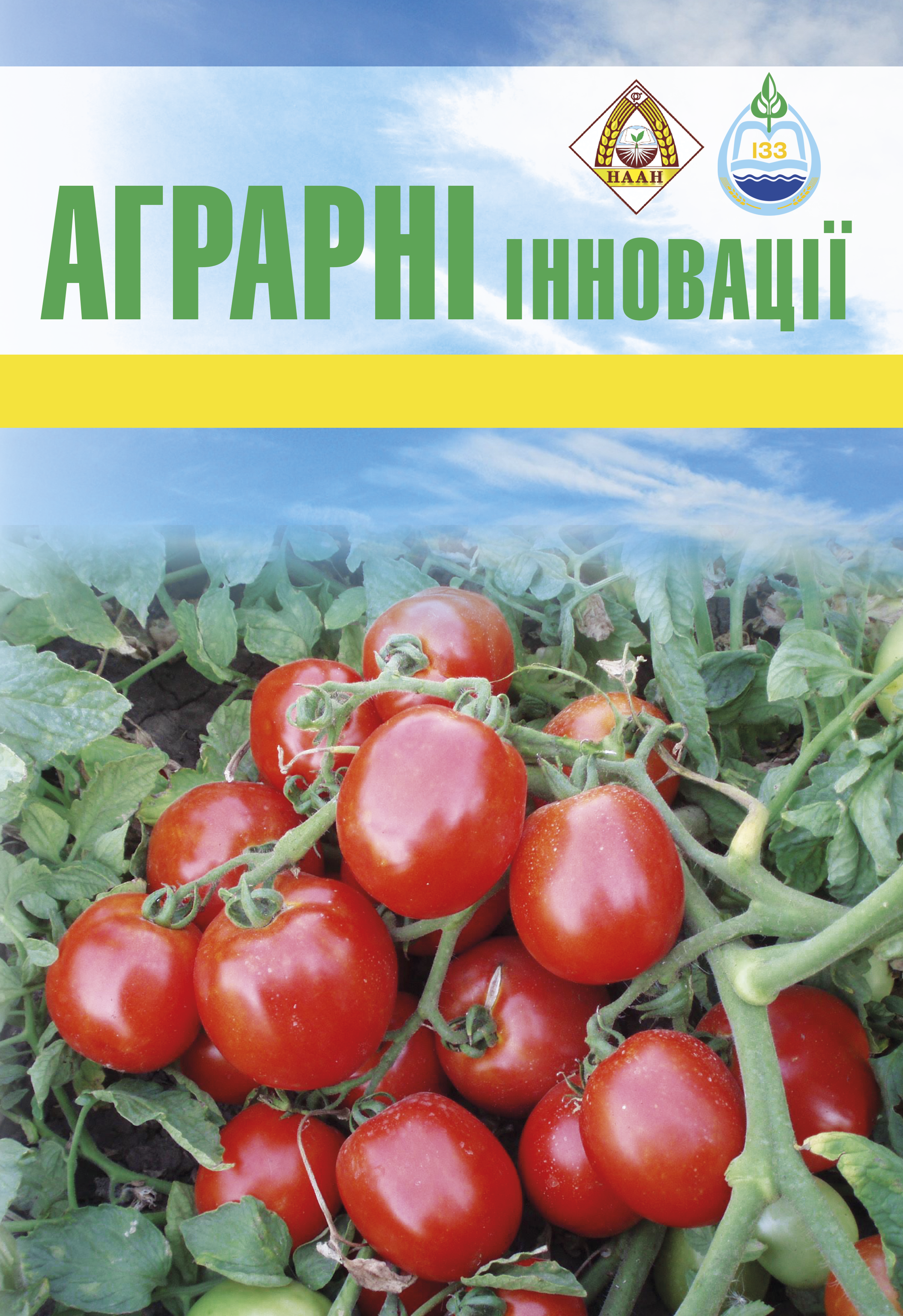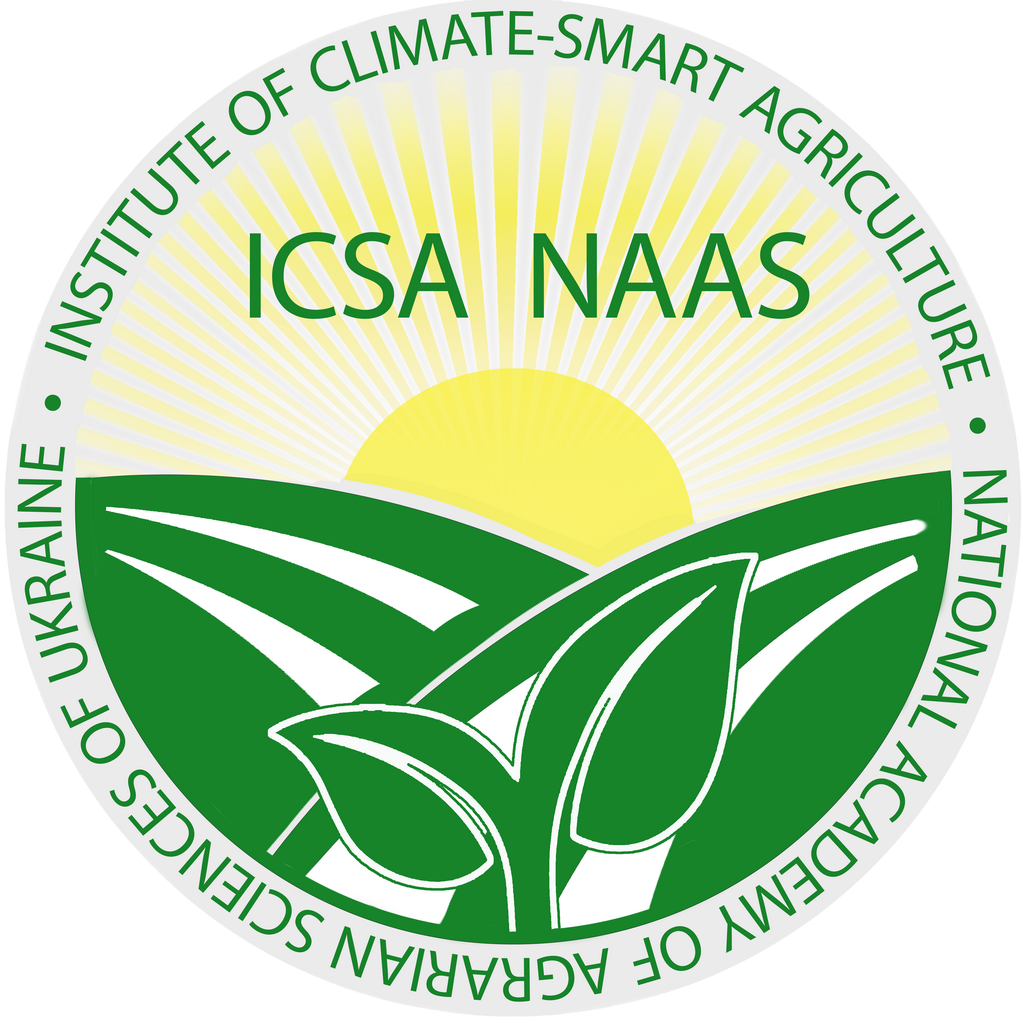The role of variety in zonal technology of common bean (Рhaseolus vulgaris l.) cultivation
Abstract
The article defines the principles of selection of common bean varieties for a particular region of cultivation, which further improves the quantitative and qualitative indicators of the crop. In addition, the factors that influence the choice of common bean varieties are evaluated. It is indicated what aspects should be taken into account when choosing a bean variety in different regions of its cultivation. The article evaluates and compares the cultivation of different varieties of beans of foreign and domestic selection and their cultivation in the world and Ukraine. Today, beans are considered to be one of the most valuable food crops among all representatives of legumes in the world. Its importance and place in the national economy is determined by its high taste and nutritional quality. Bean products help to meet the human need for vegetable proteins and diversify the human diet, which is why beans are in great demand among the world’s population. Beans are especially important for countries whose population suffers from protein deficiency. In Ukraine, beans have a wide range of uses. A complete and healthy human diet includes not only beans, but also green pods, which are also a very valuable food product and contain almost all the substances necessary for a healthy and nutritious diet. The nutritional value of bean seeds is determined by their protein content, which ranges from 20 to 26%, and they also contain 41–56% carbohydrates, starch, 0.4–3.5% fat, 2.2–6.6% potassium, phosphorus, calcium and iron salts, and fibre. Bean protein has an amino acid composition close to that of milk or meat and is 75–85% digestible by the human body. Bean seeds contain almost the entire composition of essential amino acids. The ability to enrich the soil with biological nitrogen (up to 120 kg/ha) and the positive phytosanitary impact of beans on the soil make them an excellent precursor for many crops in crop rotation. Beans have long been a traditional crop in Ukraine, but they are not widely grown. Insufficient number of high-yielding varieties suitable for mechanised harvesting, imperfect cultivation technology, and insufficient use of biological nitrogen fixation capabilities hinder the cultivation of beans in production conditions. The fact that a significant share of domestic and foreign variety originators offer us their own varietal spectrum is also worthy of special attention. It is worth remembering that one of the obstacles to obtaining the highest possible bean productivity is the wrong choice of variety. Our analysis of the literature shows that variety selection is perhaps the most important factor affecting yield formation. At present, there is a wide range of varietal material that is maximally adapted to the conditions of any region, so taking into account all the important components that affect the realisation of the productive potential of this crop, you can choose a variety.
References
2. Овчарук О. В. Агроекологічна характеристика сортів квасолі звичайної та їх продуктивність в умовах західного Лісостепу. Зб. наук. пр. Уманського національного університету садівництва. 2014. № 84. С. 107–112.
3. Каштан В. І., Ващенко О. М., Рильський Є. К. Вплив елементів технології вирощування на урожайність квасолі звичайної в умовах Полісся України. Агросфера – частина біосфери : матеріали наук.-практ. інтернетконф. Поліського національного університету, м. Житомир, 16 жовт. 2020. С. 26–28.
4. Петрова О. О. Економічний потенціал виробництва квасолі в Україні. Агросвіт. 2021. № 21. С. 74–81. DOI: 10.32702/2306’6792.2019.21.74
5. Оліфірович С. Й., Оліфірович В. О. Урожайність вітчизняних сортів квасолі звичайної (зернової) в умовах південної частини Лісостепу Західного. Передгірне та гірське землеробство і тваринництво. 2020. Вип. 68 (І). С. 162–175. doi: 10.32636/01308521.2020-(68)-1-12
6. Чинчик О. С., Оліфірович С. Й., Оліфірович В. О. Тривалість вегетації та продуктивність сортів квасолі звичайної в умовах південної частини Лісостепу західного. Збірник наукових праць «Агробіологія». 2021. № 1. С. 166–172.
7. Рожко І. І., Кулик М. І., Гончаров М. О. Біологічні особливості та основні аспекти технології вирощування квасолі звичайної (Phaseolus vulgaris L.) на насіння. Scientific Progress & Innovations. 2024. № 27 (4). С. 43–52. doi: 10.31210/spi2024.27.04.08
8. Ушкаренко В. О., Лавренко С. О., Максимов Д. О. Математичне моделювання врожаю зерна квасолі and grain productivity. Silske hospodarstvo ta lisivnytstvo. Vinnytsia, 2016. №. 4. P. 118–124.
9. Ушкаренко В. О., Лавренко С. О., Максимов Д. О. Урожайність зерна квасолі звичайної залежно від обробітку ґрунту, мінеральних добрив та ширини міжряддя при зрошенні. Меліорація і водне господарство. 2017. Вип. 106. С. 71–76.
10. Іванюк С. В., Лехман А.А., Овчарук О. В. Мінливість показників якості зерна сортів квасолі звичайної в умовах Лісостепу правобережного України. Корми і кормовиробництво. 2015. Вип. 80. С. 17–24.
11. Чередниченко Л. І., Литвинюк Г. В. Ботанічна характеристика та біологічні особливості квасолі овочевої. Збірник наукових праць ВНАУ. 2017. № 5. С. 108–117.
12. Могильна О. М., Підлубенко І. М., Біленька О. М., Кирюхіна Н. О., Штепа Л. Ю. Методичні основи прискорення селекційного процесу сортів квасолі звичайної: методичні рекомендації. Київ: Аграрна наука, 2021. 48 с.
13. Значення сорту, та якості сортового насіння в сільськогосподарському виробництві. URL : https://vuzlit.com/696322/ znachennya_sortu_yakosti_sortovogo_nasinnya_silskogospodarskomu_virobnit stvi (дата звернення: 18.02.2023).
14. Галан М. С., Калагурка О. Б., Гук Р. М. Склад колекції квасолі в Інституті сільського господарства Карпатського регіону НААН. Передгірне та гірське землеробство і тваринництво. 2015. Вип. 58 (ІІ). С. 41–47.
15. Tapia H. Mejoramiento varietal del frijol en Nicaragua. Instituto Superior de Ciencias Agropecuarias, Managua. 1987. 20 p.
16. Debouck D. G., Toro O., Paredes O. M., Johnson W. C., & Gepts P. Genetic diversity and ecological distribution of Phaseolus vulgaris (Fabaceae) in northwestern South America. Economic Botany. 1993. Vol. 47. Р. 408–423.
17. Безугла О.М. формування ознакових та спеціальних колекцій квасолі на Україні. Селекція і насінництво. 2005. Вип. 9. С. 309–317.
18. Крутило Д. В., Надкернична О. В., Іванюк С. В., Куц О. В. Ефективність біопрепаратів на основі нового штаму rhizobium phaseoli фб1за вирощування квасолі. Вісник аграрної науки. Агроекологія, радіологія, меліорація. 2016. С. 58–62.
19. Запорукою щедрого урожаю є правильний вибір сортів та гібридів зернових культур. URL : https://dpss-te.gov.ua/golovni-novini/zaporukoiu-shchedrogourozhaiu-e-pravilnii-vibir-sortiv-ta-gibridiv-zernovihkultur (дата звернення: 18.11. 2023).
20. Мазур О. В., Колісник О. М., Телекало Н. В. Генотипні відмінності сортозразків квасолі звичайної за технологічністю. Сільське господарство та лісівництво. Вінниця, 2017. № 7. Т. 2. С. 33–39.
21. Системи сучасних інтенсивних технологій у рослинництві. URL : https://pidru4niki.com/78607/agropromislovist/pidgotovka_nasinnya_sivbi_sivba (дата звернення: 08.11. 2024).
22. Мазур В. А., Шкатула Ю. М., Гайдай Л. С., Забарна Т. А. Особливості формування продуктивності та функціонування бобово-ризобіального симбіозу квасолі звичайної в умовах Правобережного Лісостепу України : монографія. ВНАУ. Вінниця. 2023. 243 с.
23. Кириченко В. В., Кобизєва Л. Н., Петренкові В. П. та ін. Ідентифікація ознак зернобобових культур (квасоля, нут, сочевиця): навч. посіб. Харків: Інститут рослинництва ім. В. Я. Юр’єва НААН, 2009. 117 с.
24. Методичні основи прискорення селекційного процесу сортів квасолі звичайної: методичні рекомендації. О. М. Могильна, І. М. Підлубенко, О. М. Біленька, Н. О. Кирюхіна, Л. Ю. Штепа. Київ: Аграрна наука, 2021. 48 с.
25. Овчарук О. В. Сортові особливості квасолі звичайної в умовах Лісостепу України. Таврійський науковий вісник. 2018. № 88. С. 152–158.
26. Овчарук О. В. Агроекологічна характеристика сортів квасолі звичайної та їх продуктивність в умовах Західного Лісостепу. Збірник наукових праць Уманського національного університету садівництва. 2014. Вип. 85. С. 92–97.
27. Мазур О. В., Пороховник І. І. Селекція квасолі звичайної на ранньостиглість і зернову продуктивність. Сільське господарство та лісівництво. 2016. № 4. С. 118–124.
28. Кращі сорти зернової квасолі. URL : https://vzyatinfo.biz.ua/krashhi -sorti-zernovoi-kvasoli/ (дата звернення: 12.12.2024).
29. Ovcharuk О. The influence of technological factors on growth and development and yield of the varieties of kidney beans. Agricultural Engineering: scientific quarter journal. 2014.Vol. 4, № 152. Р. 195–203.
30. Alemu E. A. Malnutrition and its implications on food security. In Zero Hunger, 1st ed.; Leal Filho W., Azul A. M., Brandli, L., Özuyar P. G.; Wall T. Eds.; Springer International Publishing: Cham, Switzerland. 2019. Р. 1–10.






